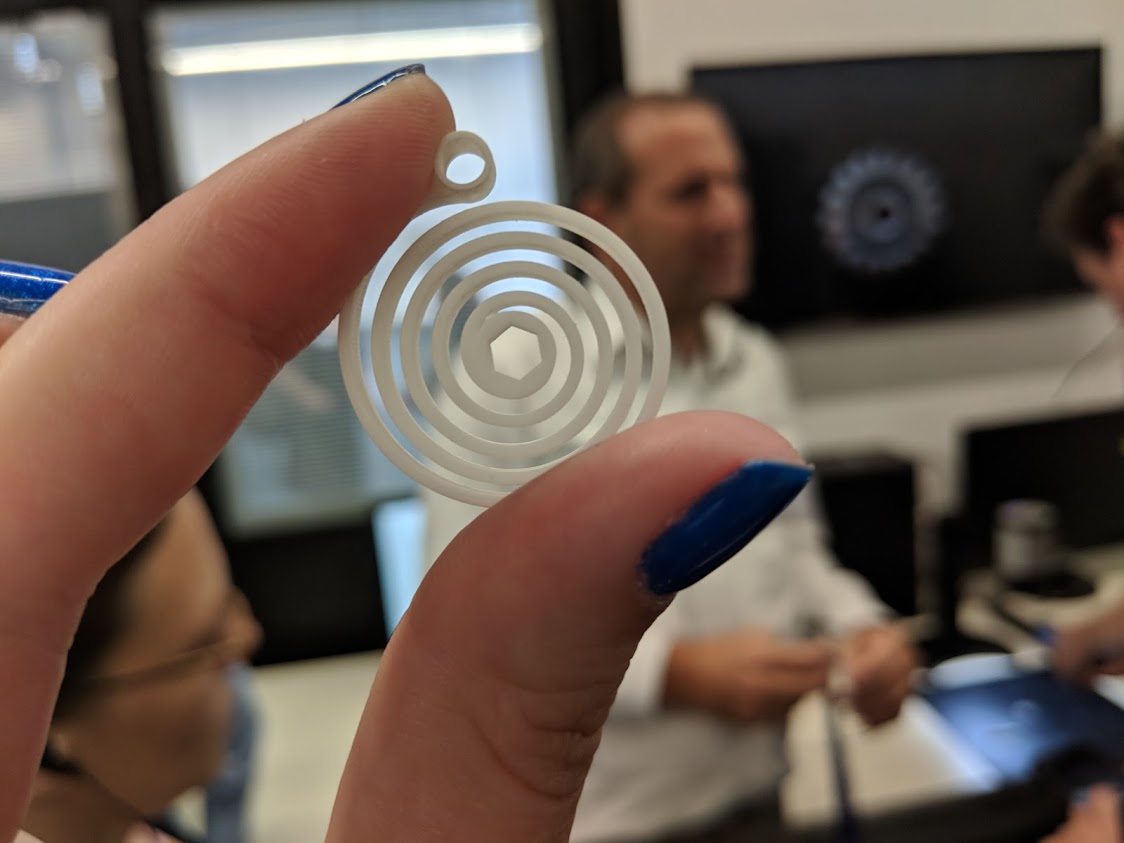
The morning after XJet’s grand opening for the new Additive Manufacturing Center in Rehovot, Israel, I sat down with CBO Dror Danai to discuss the significance of the move.
The grand opening was a grand event indeed, and well worth the 15-hour travel time to get to Israel. Representing the next chapter of evolution for the young company, the AM Center stands as testament to ongoing growth in both business and technology for XJet.
“There are bigger centers for commercial purposes; some of our customers have 30, 40 machines under one roof,” Danai acknowledged immediately. “But I don’t think anybody, as far as I know, has made the effort to dedicate, as a young company, this amount of money, resources, and space to create a broader future for additive manufacturing of ceramics and metal.”
A $10 million investment backs up the sentiment, along with 8,000 square feet of dedicated space for XJet’s NanoParticle Jetting (NPJ) technology.
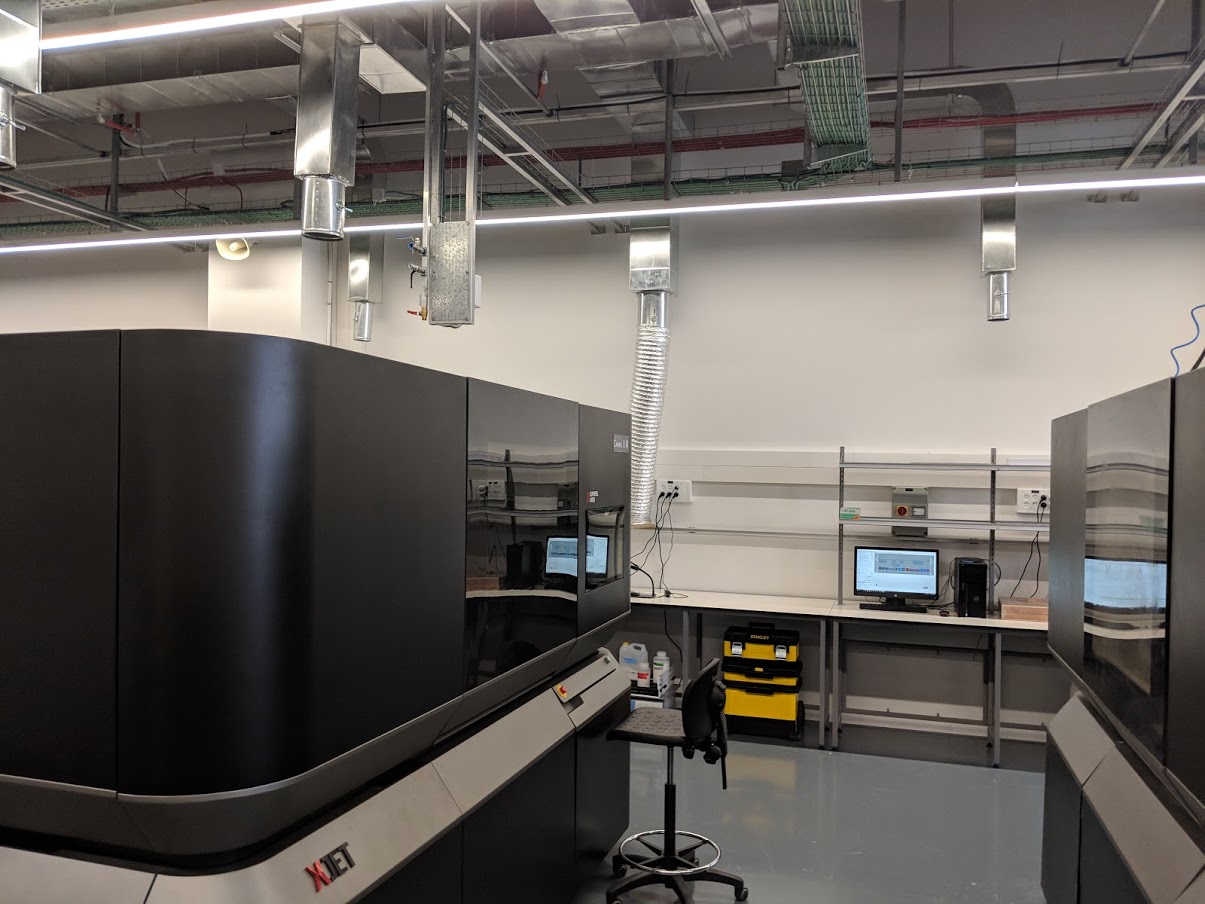

With so much available in the AM Center, and so much shown during the guided tour with Danai walking my group room by room to share the capabilities, it was interesting to dig into the company’s hopes for the new facility.
“The purpose of the center is not to print parts for customers. We will maybe take a customer with an outstanding dream they want to achieve, and dedicate a machine to them, and we will continue talking to top-notch customers in the world,” Danai explained, adding that he could not disclose many of these well-known customers, “but can say that some are among the top makers in the industries we want to address. This all will enable us in ways we could not until now.”
To meet these goals, XJet will leverage its team — likely one of the most experienced in the industry, Danai noted (“you can see the grey hair”), as they continue to build upon collective decades of additive manufacturing experience. Israel has long been a hive of 3D printing activity, giving rise to such well-known entities as Objet and (its eventual parent company) Stratasys, where many XJetters have roots; CEO and Founder Hanan Gothait, for example, was a founder of Objet as well.

“We have a technology that is different,” Danai continued, pointing to what sets XJet apart today.
“In certain aspects, especially measurable aspects, there are not any similar capabilities out there. Whenever you talk about things that are really measurable in geometry, going to small nanoparticles allows us to have an advantage over the traditional powder bed.”
That, he added, is what they are seeing from their developments and the feedback from the market. It is not, of course, to suggest that powder bed technologies are fundamentally lacking or will be going anywhere anytime soon. They are going to continue to grow, Danai said: “We are not going to eat that market.” Rather, XJet is looking to “continue to open new applications.”
Syqe, which creates unique medical inhalers (best known for use with medical cannabis), serves as an excellent example here. A convenient one as well, as that company’s CEO, Perry Davidson, spoke during the grand opening event to highlight this application for several 3D printing technologies. NPJ comes into play for a small part requiring a high degree of accuracy in its geometry.
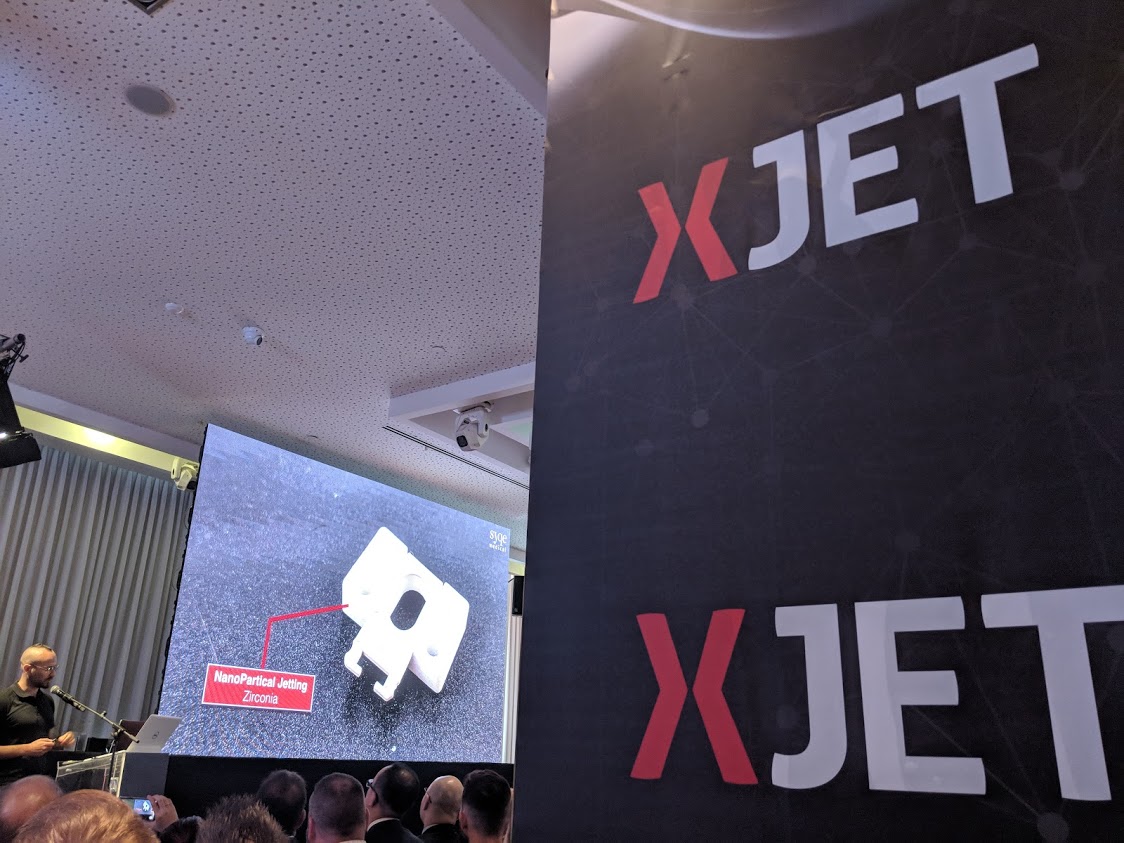
“You make this small part that’s extremely accurate, and that you need to make 200 a day. Excellent, that’s one tray, one build for these. Once it moves up into mass production, you can order 10 machines,” Danai said as an example of moving toward manufacturing in such a targeted use case. “These are the kinds of things we believe for this center.”
The AM Center will, he said, “allow us to serve the industry and open it up.”
XJet was formally founded in 2007, and has remained a relatively small company as NPJ has developed and ramped up to commercial scale. Now with the Carmel systems ready for (and on) the market, the move of establishing this AM Center is a strong statement toward growth.
“Opening the center was a big investment for us. More than $10 million is a lot for a small company, and this allows us to start growing the company now,” Danai continued.
Part of this growth comes in new creation as well, as the center will serve as a sort of nurturing womb for the development of new materials. Danai drew on with that analogy:
“It takes nine months to make a child. We are still not there: the first material took us ten years to develop. The second took us one year; maybe we will get down to nine months like a normal child. Now that we will have a few machines dedicated to materials, it will still take time, but maybe we can create two new materials or more.”
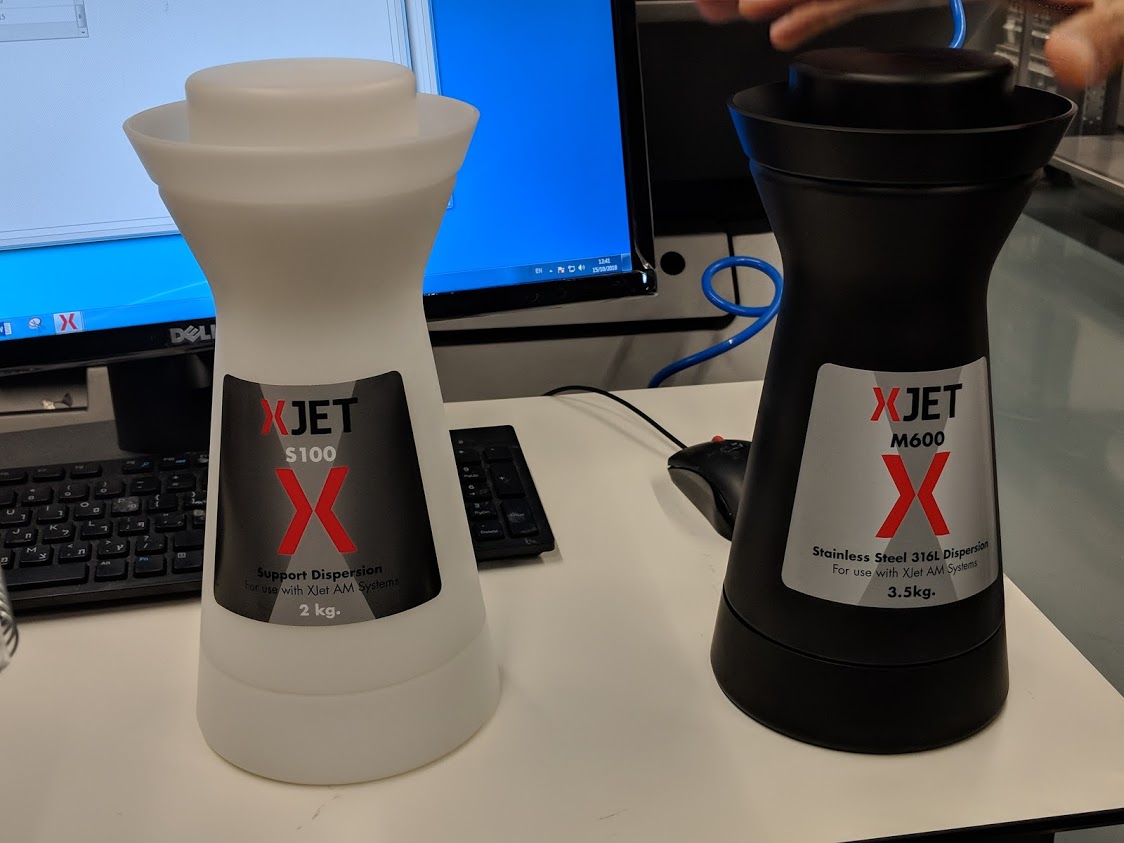
Complexity is at the forefront, as the company’s vision for the future includes metal-and-ceramic parts.
“Once you are jetting, you are almost unlimited, compared to when you have material in the box [with powder bed]. We are already jetting two materials today, the material and the support. I will say no more on that, that’s long-term,” he said with a smile.
Leaving that intriguing potential for the longer-term future hanging in the air, we turned back to the significance of this stage in XJet’s evolution. Strategic, incremental growth is in order not just for materials, but for the team itself, as well as expansion in its customer base.
“We are not going into this strategy to bring on 100 channels overnight; we believe in evolution. We believe we have a strong technology, and for implementation of a new technology and business plan you need to do it step by step. We hope that through this [grand opening] event, and the amount of new applications, the attention will enable us to bring the best people on board. I like to bring people so we have the ability to choose the right fit,” he said of the team, adding that “the same is true for customers.”
In this latter case too, team XJet is working to ensure they expand sales and installations intelligently.
“We could sell more machines. We want truly to sell to the right people, to get the right feedback. It’s no coincidence that the first two machines were put in Germany and Switzerland, for example. The reputations of Germany and Switzerland are for very precise, high-quality standards. We want to satisfy customers from countries with very high standards. It’s the reputation and the knowledge of our first customers that enable us to get the right feedback to improve the quality,” he told me.
We closed our sitdown with a promise, as Danai told me that that day “would be one to remember.” In the moment, he meant the guided tour the XJet team were kind enough to plan for us, with trips to the Dead Sea and to historic Masada. These were memorable, indeed, and I will cherish the opportunities to float weightlessly and to be terrified in the cable car up to the ancient ruins (ultimately worth the trip for any others out there with fears of heights). But the promise expands well beyond the sightseeing, as the XJet Additive Manufacturing Center is absolutely one to remember. I hope to have the opportunity to visit again in the future as the center, and Israel’s showing in additive manufacturing, continues to expand, mature, and impress.
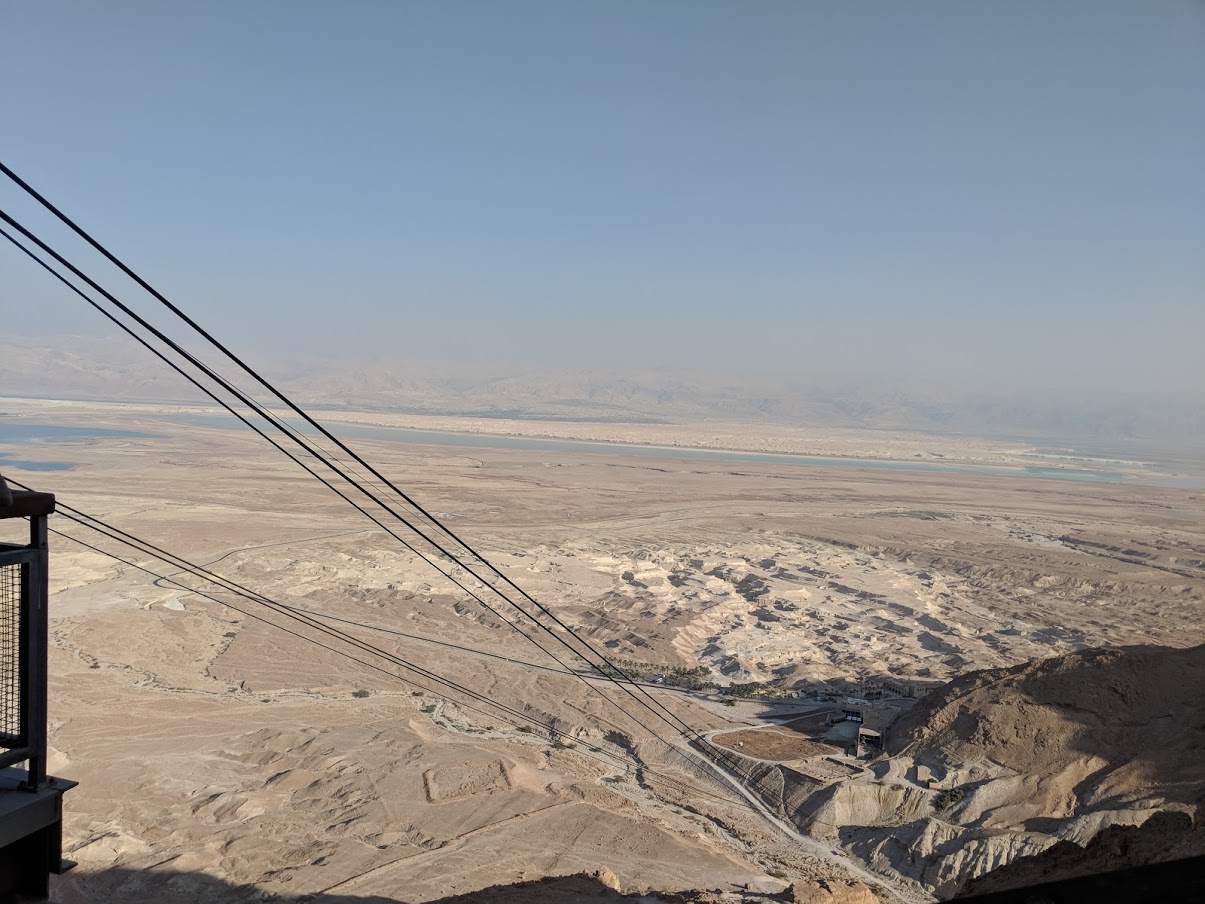
[All images: Fabbaloo]











The fate of major 3D printing conferences in 2020 is unclear with the ongoing virus outbreak. We have thoughts on what it could mean.